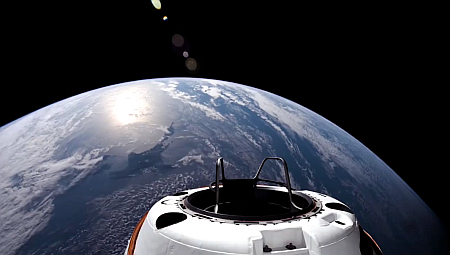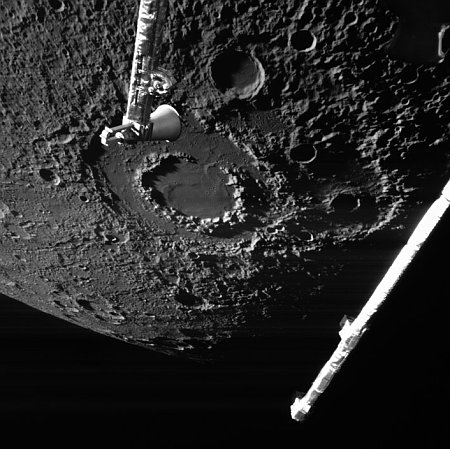Russia launches three astronauts to ISS
Russia this morning successfully launched a new crew to ISS, its Soyuz-2 rocket lifting off from Baikonur in Kazakhstan.
With this launch there are now nineteen humans in orbit, a new record. This includes the three Chinese astronauts on China’s Tiangong-3 space station, the four astronauts on the private Polaris Dawn mission, the three astronauts on this Soyuz, and the nine astronauts on ISS (four from a Dragon launch, two from the Starliner launch, and three from a previous Soyuz launch).
The Soyuz capsule will dock with ISS this afternoon.
The leaders in the 2024 launch race:
89 SpaceX
38 China
10 Rocket Lab
10 Russia
American private enterprise still leads the rest of the world combined in successful launches 104 to 58, while SpaceX by itself leads the entire world, including American companies, 89 to 73.
Russia this morning successfully launched a new crew to ISS, its Soyuz-2 rocket lifting off from Baikonur in Kazakhstan.
With this launch there are now nineteen humans in orbit, a new record. This includes the three Chinese astronauts on China’s Tiangong-3 space station, the four astronauts on the private Polaris Dawn mission, the three astronauts on this Soyuz, and the nine astronauts on ISS (four from a Dragon launch, two from the Starliner launch, and three from a previous Soyuz launch).
The Soyuz capsule will dock with ISS this afternoon.
The leaders in the 2024 launch race:
89 SpaceX
38 China
10 Rocket Lab
10 Russia
American private enterprise still leads the rest of the world combined in successful launches 104 to 58, while SpaceX by itself leads the entire world, including American companies, 89 to 73.



















